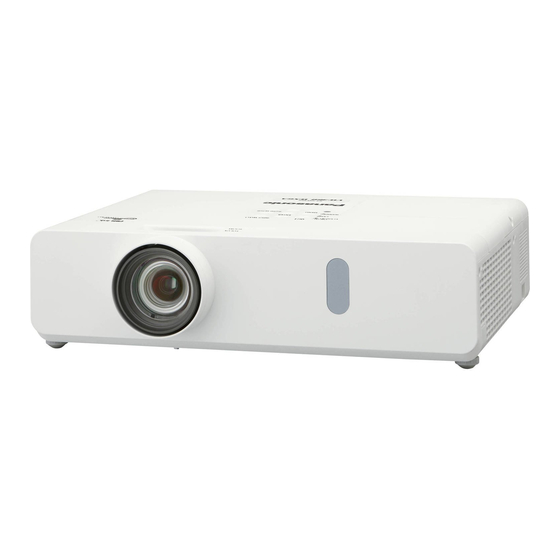
Table of Contents
Advertisement
Operating Instructions
Functional Manual
LCD Projector
Commercial Use
PT-VW350
Model No.
PT-VX420
Thank you for purchasing this Panasonic Product.
■ Before operating this product, please read the instructions carefully, and save this manual
for future use.
■ Before using your projector, be sure to read "Read this first!" (xpages 2 to 8).
ENGLISH
TQBJ0860
Advertisement
Table of Contents












Need help?
Do you have a question about the PT-VW350 and is the answer not in the manual?
Questions and answers